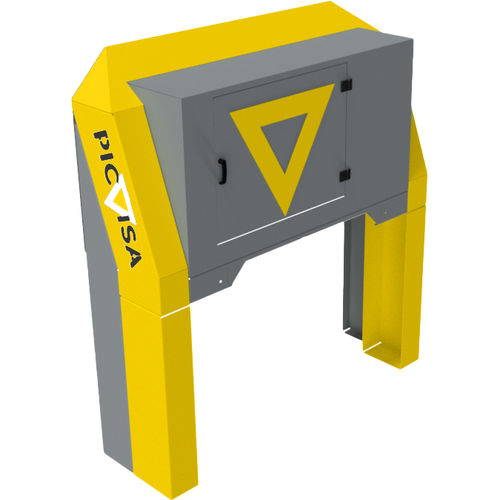
#Product Trends
TECHNOLOGY, THE DRIVER OF RECYCLING AND THE CIRCULAR ECONOMY
TECHNOLOGY, THE DRIVER OF RECYCLING AND THE CIRCULAR ECONOMY
The fourth industrial revolution, the so-called Industry 4.0, will radically change the way we live, work and relate to each other. A transformation never experienced by humanity. Humans generate waste and overexploit resources beyond our means. An economic model of production and management of resources, goods and services that promotes non sustainable short-term consumption. Produce, use and throw away… The paradigm of the current linear economic model, based on the constant increase in the consumption of natural resources, with its consequent environmental footprint, could be coming to an end.
WHAT IS THE CIRCULAR ECONOMY?
The best alternative to the current system. Everything points to a new paradigm presided over by the circular economy, a system that imitates the natural development of nature (which continuously and cyclically reuses all its elements). The circular economy is, in short, an environmentally friendly model in which the rational exploitation of natural resources, recycling and reuse of elements that, due to their characteristics, cannot return to the environment. The transition to the circular economy passes through a decisive, almost catalytic role, of the new technologies of the so-called Industry 4.0, an increasingly intelligent and decentralized industry.
The Internet of Things, data analytics, new telecommunications networks, artificial intelligence, process automation or 3D printing are technologies that save costs, increase productivity and performance, make better use of waste and give rise to innovative solutions and applications that make the circular economy possible.
THE CIRCULAR ECONOMY AND RECYCLING
The circular economy is already present in different industrial sectors seeking social and environmental benefits but also economic. Mining or construction, for example, already apply this model to generate new opportunities and optimize the use of natural resources, avoiding their overexploitation.
In the case of the waste management and recycling sector, it focuses on obtaining secondary raw materials, capable of competing with conventional raw materials. And for this it needs technologies that facilitate the recovery of materials that are currently part of the rejection flows and that increase the percentages of valorization. If we want to accelerate the shift to the circular economy, we need more and better waste management.
And this is where the latest advances in highly technological disciplines, such as optical separation equipment, artificial intelligence, deep learning, robotics, big data, the internet of things, drones or augmented and virtual reality, among others, begin to be present in waste treatment facilities. Thousands of sensors and drones monitor waste collection and landfills, the first autonomous collection vehicles are being tested, 3D printers are trying to reuse different types of plastics, and robotics and advanced automation are integral components of new waste treatment facilities.
A MORE TECHNOLOGICAL WASTE MANAGEMENT
Waste treatment facilities are set to evolve in the coming years. First semantically, renamed as material production plants. And, secondly, overcoming the limitations of current plants with greater adaptability to the composition and amount of waste; greater safety by minimizing human contact with waste; and a greater capacity to recover 100% of treated materials.
For these three challenges to be met, the plants of the future will have to be fully connected, both to control the process in real time and to anticipate the waste to be treated and the demand for secondary raw materials.
In other words, they will have to be automated, digitized and sensorized. That is, they will have to be aligned with the principles of Industry 4.0. Thus, there will be more and more software platforms and Big Data systems to transform the oceans of data into relevant information for the sector. Robotics will become, therefore, a fundamental tool in the collection, treatment and disposal of waste.
The circular economy provides, in short, new tools to stimulate the interaction of stakeholders in waste management and recycling, to increase awareness and citizen participation in the process, to make the governance of cities more participatory and inclusive, and to improve occupational safety and working conditions. All that is needed is to develop integrated sustainable waste management systems that maximise recycling, minimise non-recyclable materials and safely dispose of hazardous waste.
At PICVISA we care about the future of recycling and the circular economy. Visit our website for more information.





